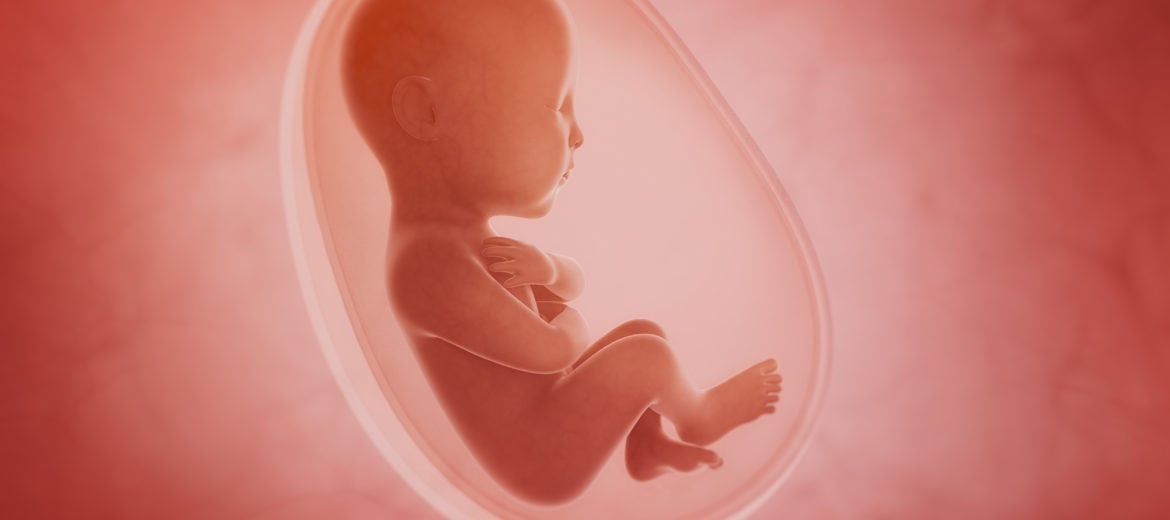Suvarna Mehta was 36 weeks pregnant when she visited Sitaram Bhartia for a second opinion. She had been advised early delivery because of less amniotic fluid around her baby.
Anxious about delivering early, she rattled off all the questions on her mind.
What is Amniotic Fluid?
Amniotic fluid is the fluid that surrounds the baby in the womb. It provides space for the baby’s growth and movement and plays an important part in the development of the lungs so that the baby can breathe after delivery.
“The amount of amniotic fluid changes as the pregnancy advances” explains Dr. Kusum Lata Bhardwaj, Consultant Obstetrician- Gynecologist of the Sitaram Bhartia Maternity Program.
“If it is significantly less than the standard for that gestational age it is called oligohydramnios.”
Read: Low Amniotic Fluid levels in Late Pregnancy – Deepika’s Story
What are the causes of Oligohydramnios?
Certain congenital anomalies in the baby can cause Oligohydramnios in the second trimester. Conversely, Oligohydramnios in early pregnancy can also lead to some development defects in the baby.
It is diagnosed through an ultrasound, as was the case in Suvarna’s pregnancy.
“It is common to detect Oligohydramnios for the first time in the third trimester” counsels the doctor.
“It may not necessarily indicate early delivery, induction of labour or a cesarean section.”
What are the implications of Oligohydramnios?
Suvarna was advised a doppler scan to assess the baby’s growth.
She was keen to know how the condition would affect her baby.
“Since the scan shows that the baby is growing well and the placental blood flow to the baby is normal, we can wait and watch for spontaneous labour to occur despite oligohydramnios” the doctor reassured her.
Oligohydramnios and restriction in baby’s growth
In the third trimester, if oligohydramnios is associated with a restriction in the baby’s growth or with decreased placental blood flow to the baby, the expecting mother would need to be monitored closely.
The baby may need to be delivered early if continuing the pregnancy would pose harm to the baby.
How is Oligohydramnios managed?
“We would recommend increasing your fluid intake” advises the doctor.
“We would also regularly monitor the well-being of you and your baby.”
Relieved that she had nothing to worry about, Suvarna decided to continue her consultations at Sitaram Bhartia.
She meticulously followed her doctor’s advice and drank more than eight glasses of water a day, along with coconut water and fresh fruit juices.
Despite the diagnosis of oligohydramnios, Suvarna went into spontaneous labour at 39 weeks and delivered a healthy baby girl without any complications.
This blog post has been written with editorial inputs from Dr. Kusum Lata Bhardwaj, Obstetrician-Gynecologist with over 12 years of experience.

Medically Reviewed by Dr. Kusum Lata Bhardwaj
MBBS Panjab University, Chandigarh (2008); MD Panjab University, PGIMER, Chandigarh (2012); DNB National Board of Examinations (2013)
Experience: 10+ years
Call us on +91 9871001458 to schedule an appointment with our gynecologists!


